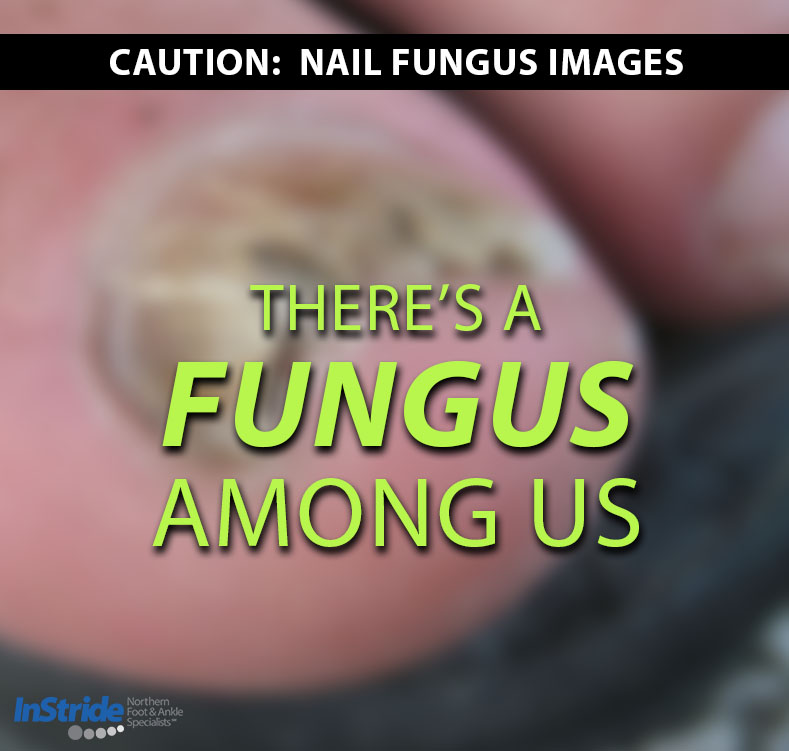David Collard DPM MHA
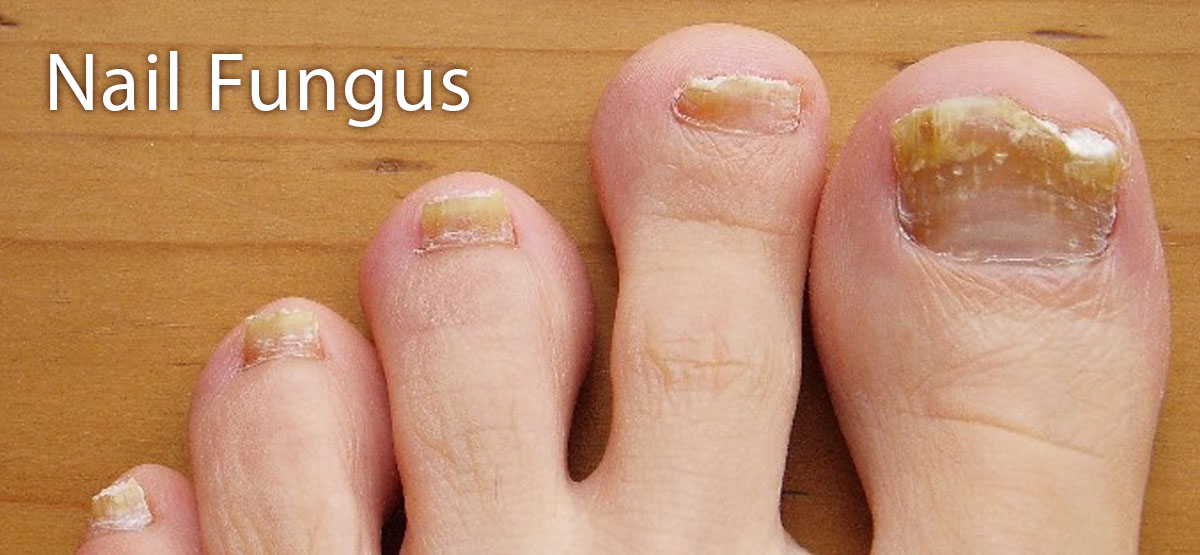
Thick, bulky, crumbling, yellow, painful, ugly, etc. These are many descriptions used by our patients when talking about their fungal toenails. It is a very common problem. About 3% of the U.S. population has fungal nails, and that number is growing. Usually it affects up to 1-in-5 of individuals between 40 and 60 years old, about 1-in-3 of individuals 60 to 70 years old and 1-in-2 of those over the age of 70. It becomes very common as we age.
Studies have shown that there is a strong correlation with having diabetes and getting nail fungus, with about 1-in-3 diabetics. For those who are male and have diabetes, the risk triples. But, as the diabetes epidemic continues to explode in the US – with people getting diabetes at a younger age, all of those numbers will will increase and we will see more and more younger diabetics with foot complications such as fungal nails.

But, it is not only in diabetics. We occasionally see and treat it in kids and adults, and it doesn’t mean that you or your child is diabetic or at risk of diabetes. Anyone is at risk for getting a fungal infection in the nails.
What is it?
Nail fungus comes from a three types of special fungi that love to live on dead tissue of the skin and nails. I know, gross right? The fancy medical term when it infects the nail is Onychomycosis. It usually starts around the end of the nail and works its way underneath the nail, disrupting the look and shape of the nail. As the fungus penetrates far back from where the nail grows, the layers of the nail are disrupted and start to fragment, first causing a yellowish color, thick appearance, and then a dirty tan color as the nail starts to crumble. I like to think of this as something similar to a laminated piece of wood that has been left outside and is now fragmenting apart.
Side note: Not all thick, yellow nails are fungus. Other things can cause this such as skin conditions, systemic diseases, and even poorly fitting shoes (which is extremely common). A sample sent to the lab can verify whether or not it really is a fungal infection.

You may be asking questions like “how do I get rid of it?” or “what are the risks of having it on my toes?” Let’s look at each of those questions.
Risks.
It’s an organism living on your body, but for the majority of people, it isn’t going to make you sick or do anything else but wreak havoc on your nails. Remember, these fungi love your skin and nails, not much else. In some rare cases, usually in very sick diabetics, it can cause openings for bacteria to cause infections. So, do you have to do something about it? Maybe not, but it might get worse and could affect other nails. For some people who can’t do any of the things I talk about below, just keeping the nails short and filed down can be a very good option.
Getting rid of it.
This section is worthy of several blog posts, but I’ll keep it brief.
I have heard of so many different home remedies that it would take too long to list them all. In my experience, they aren’t too effective (but maybe I only see people who they failed on). There are also many over the counter (OTC) treatments which have very poor success rates. That brings us to prescription treatments. Some of these options are not covered by insurance (bummer, I know), but there are 3 primary options, all with varying price points and success rates.
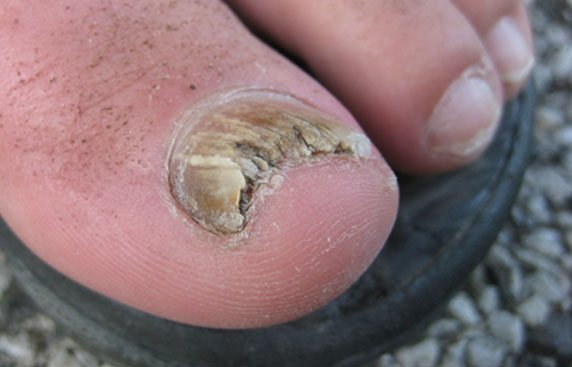
Rx Topicals: There are many topical antifungals, most of which have success rates around 20-40%. With them, you usually have to apply daily for months, sometimes even a year. The lower success rate may be due to the inability of the product to reach the nail bed, where the fungus actually resides, but this may still be a good option for many patients, as it is relatively inexpensive and has little to no side effects.
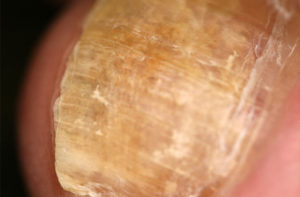 The Pill: Terbinafine (Lamisil) is a common treatment from podiatrists, general practitioners and dermatologists. The success rate of the pill is very high, about 90%; however, there is some concern as to using on those with previous or current liver problems, or those who are on several other medications, so your doctor may get a blood test and/or decide the medication is not right for you.
The Pill: Terbinafine (Lamisil) is a common treatment from podiatrists, general practitioners and dermatologists. The success rate of the pill is very high, about 90%; however, there is some concern as to using on those with previous or current liver problems, or those who are on several other medications, so your doctor may get a blood test and/or decide the medication is not right for you.
Laser Beams: Although it is the most expensive option, laser treatment can be a very effective and painless way to treat fungal nails. In our experience, we do use the laser regularly and find its effectiveness to be about 90-95%.
Whichever method you use, you need to think of the laminated piece of wood analogy. You are never going to get it back together again. Similarly, the nail that is affected may never look normal again. You will have to wait for the new fungus-free nail to grow out to get rid of all of the bad nail. This can take 6 months to a year in the big toenail if the treatment worked.
Treating fungal nails is tough! It is stubborn and sometimes can withstand everything we have to throw at it and still keeps kicking. Keep in mind that it can take time and nothing is 100% effective, but we are here to help.
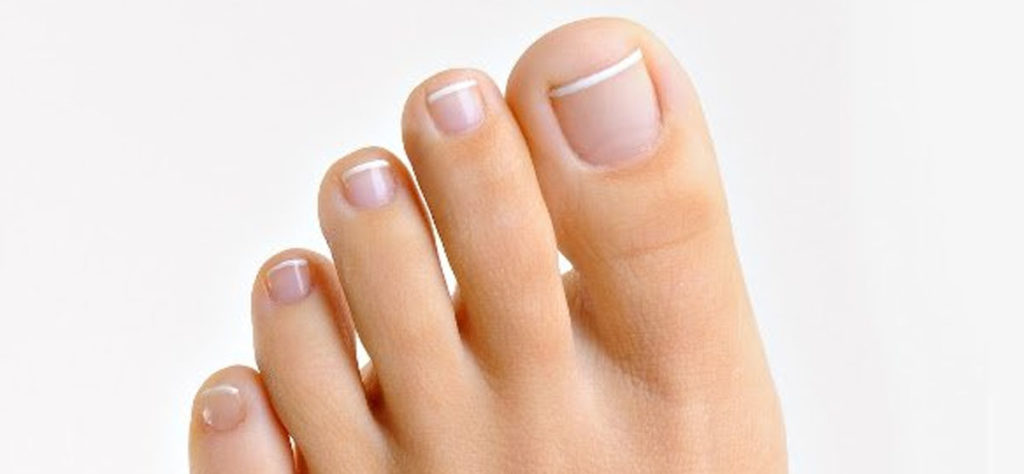
If you or someone you know has a thick, yellow nails, or may be suffering from possible nail fungus, we have treatment options to help get your toes looking their finest. Please contact us to schedule an appointment at a Northern InStride Foot & Ankle Specialists clinic near you.
Winston-Salem Office: (336)281-2004
Clemmons Office: (336)766-8400
Mt. Airy Office: (336)443-9190

